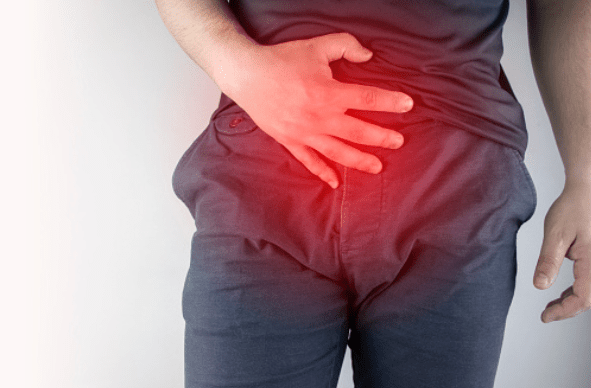There are many diseases in today’s society. Everyone could encounter various illnesses, along with different symptoms. For instance, some people could experience hernia because of numerous reasons. They would feel pain in some spots. According to medical research, a hernia is not a protrusion of tissue through the walls of the cavity where it normally resides. There are two kinds of hernia, which are inguinal and femoral. If the condition is worst, doctors would like to suggest you undergo surgery. After the operation, the patients need to use an ostomy hernia belt to reduce the pain after surgery. Therefore, the patients could recover sooner.

An Overview of Hernia
Hernias are usually classified by location in the body, which is most commonly the bowel or intestines. For example, in the groin area, a hernia may be inguinal (closer to the scrotum) or rectal (closer to the thigh). It all boils down to pressure on a problem spot, usually as a result of excessive strain from pregnancy and obesity. Those two conditions can increase the likelihood of having a hernia. Therefore, it makes people could encounter hernia. It is very likely to have both hernias simultaneously, but it can be difficult to distinguish clinically between the two different types. It is the most normal form and is usually less disabling.
Hernias are more likely to be strangulated because of the narrow channel through which the bulge passes. They are usually very painful and tender and are considered a medical crisis. Symptoms may include nausea, vomiting, and fever. It could come with a dramatic scenario, which could bring more risks. A painful or painless nodule that can change position can be detected. Some hernias may cause a twinge or pulling sensation, but many do not cause pain. Hernias are often easier to see when you strain or cough. Therefore, you can discover the hernia when you find a bulge at a particular spot on your body.
Physical Examination of Hernia
They press firmly to check for tenderness or any masses in the abdomen that should not be there. The moment they locate the lump, they may press very hard to see if it can be pushed back. It can be quite uncomfortable, but it is an essential diagnostic procedure. It will check to see if the nodule is going down. Therefore, it will help the doctor determine the size and shape of the nodule. Also, the doctor could determine the solution for you, either surgery or treatment only.
In a few weeks, you will likely feel much better and take it easy and avoid strenuous activities. Don’t rush it. There is still a risk of re-injury. Follow all of the above instructions very carefully. If you have been prescribed pain medication, do not complicate the situation. Follow the prescription. Stress can interfere with the body’s ability to heal, so it makes sense to reduce the pain in those early days.
Post-Surgery Treatment
Several readers have requested medical equipment or garments, such as an abdominal corset or support garment, to maintain an abdominal hernia established and decrease pain or the danger of further injury until you can schedule surgery. Depending on your circumstances and also the plan for this service garment, your doctor may recommend that you sit on a sleeper or wear a slip to help you manage the emergency in the short term. However, some physicians and other caregivers vehemently oppose the use of a binder.
There are a few obvious reasons why a physician may advise against a stretcher. For instance, an ill-fitting support garment can create tension in the wrong place, making abdominal pain worse. Besides, wearing a hernia belt may cause some people to be cautious, leading to more anxiety, more injury to the bowel wall, and potentially severe complications, such as strangulation.…

